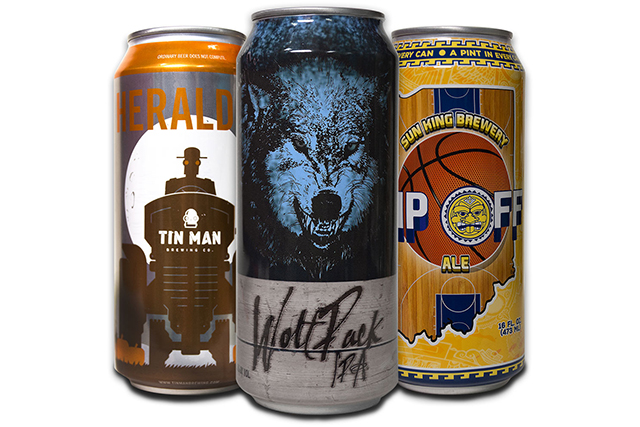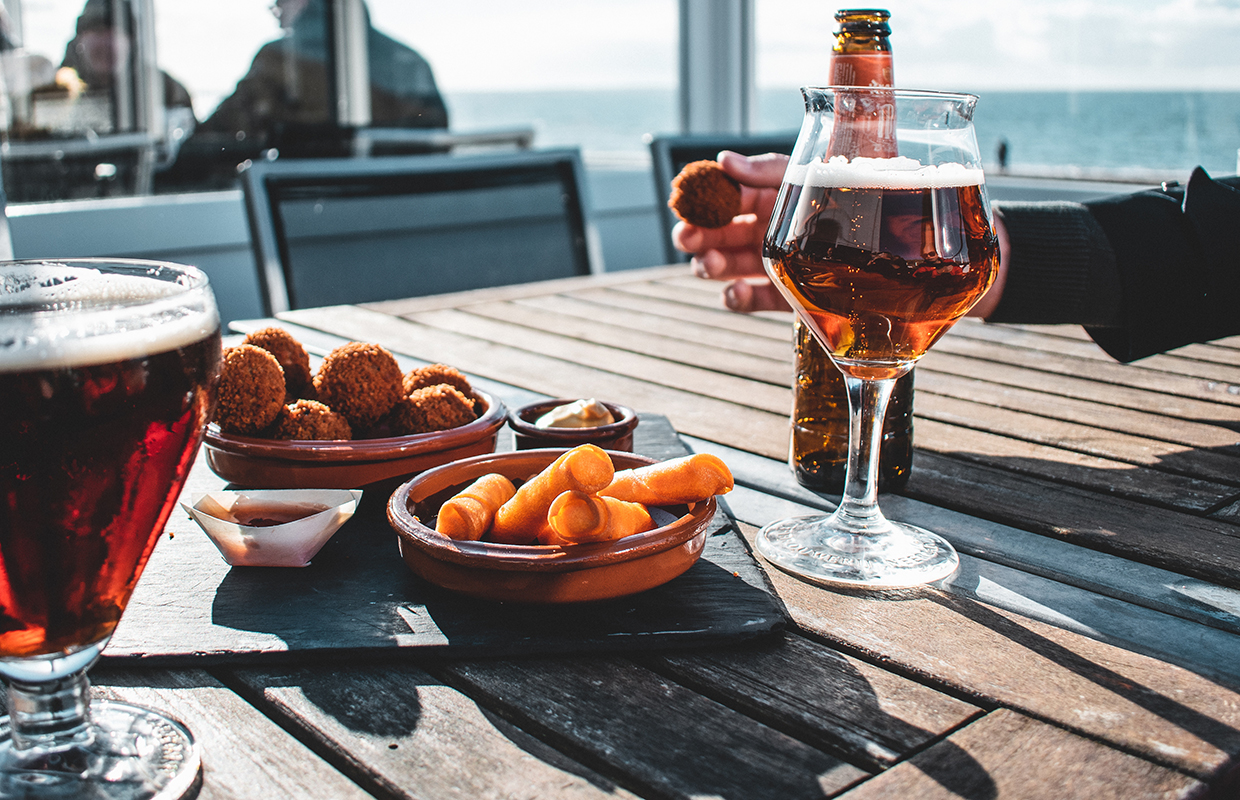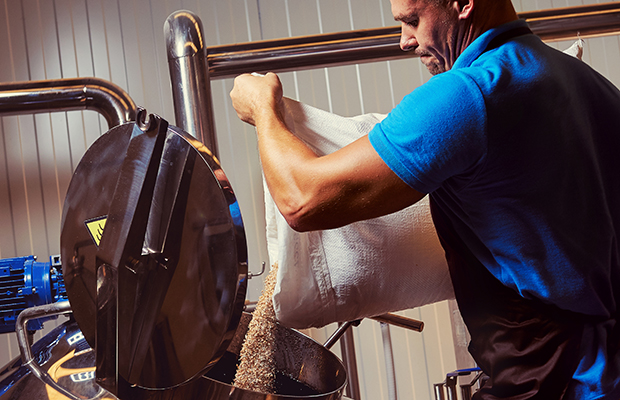
A recent packaging industry survey of U.S. craft beer consumers revealed some surprising statistics on what impact packaging — and specifically, the label — can have on a craft beer. Here is a look at some of those numbers and what they mean:
- 31% of consumers are influenced by packages or labels that features appealing, understandable descriptors. Craft beer is still a relatively new phenomenon, which means that a plethora of consumers are entering the market every day. These interested-yet-unfamiliar consumers greatly benefit from being informed — at a high level — what type of beer they are considering.
- 30% of consumers are looking for a package or label that includes familiar beer terms that keep them informed. Conversely, the experienced beer drinker will be looking for labels that convey more technical information. This can include anything from hop and malt characteristics to IBU and ABV percentages and allows them to make more discerning purchasing decisions.
- 29% of consumers consider whether or not a craft beer comes from a brewery with a long history in the industry. With the wave of breweries that have opened across the country in the past 15 years, older breweries such as Anchor Brewing and Sierra Nevada Brewing boast a longevity that translates into quality in the eyes of the consumer. Both breweries embrace this point by utilizing a label design with a classic feel.
- 27% of consumers take into account the type of packaging when deciding to try a new product. Picture yourself as a beer consumer who is just deciding to get their feet wet in the world of craft. You love hops and find yourself standing in a bottle shop faced with dozens of IPAs you know nothing about, and not a lot of time to research your decision. How do you select your beer? In this instance, nothing is more persuasive than the label.
- 22% of consumers are interested in craft beers that are produced either locally or from their own state. A common strategy for craft brewers is to identify their location in their branding. Great Lakes Brewing in Cleveland named themselves after the region in which they are located and name their beers after local events and icons (Lake Erie Monster, Burning River Pale Ale, etc.). Incorporating local elements creates a sense of pride among consumers in the brewery’s community.
The label on a craft beer bottle or can is far more than just an attractive logo on a piece of paper — it serves as a brand identifier, tells the story of the beer inside the bottle or can and, at times, is the only thing that influences consumer purchasing decisions. Learn more at centurylabel.com/craft-beer-labels.




Be the first to comment